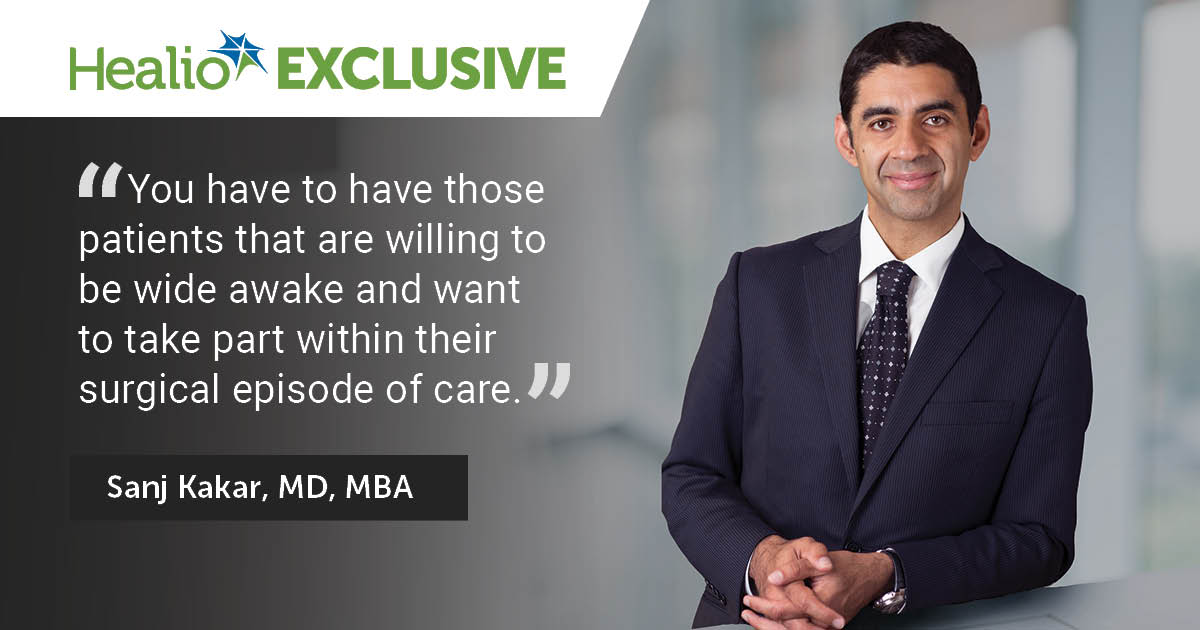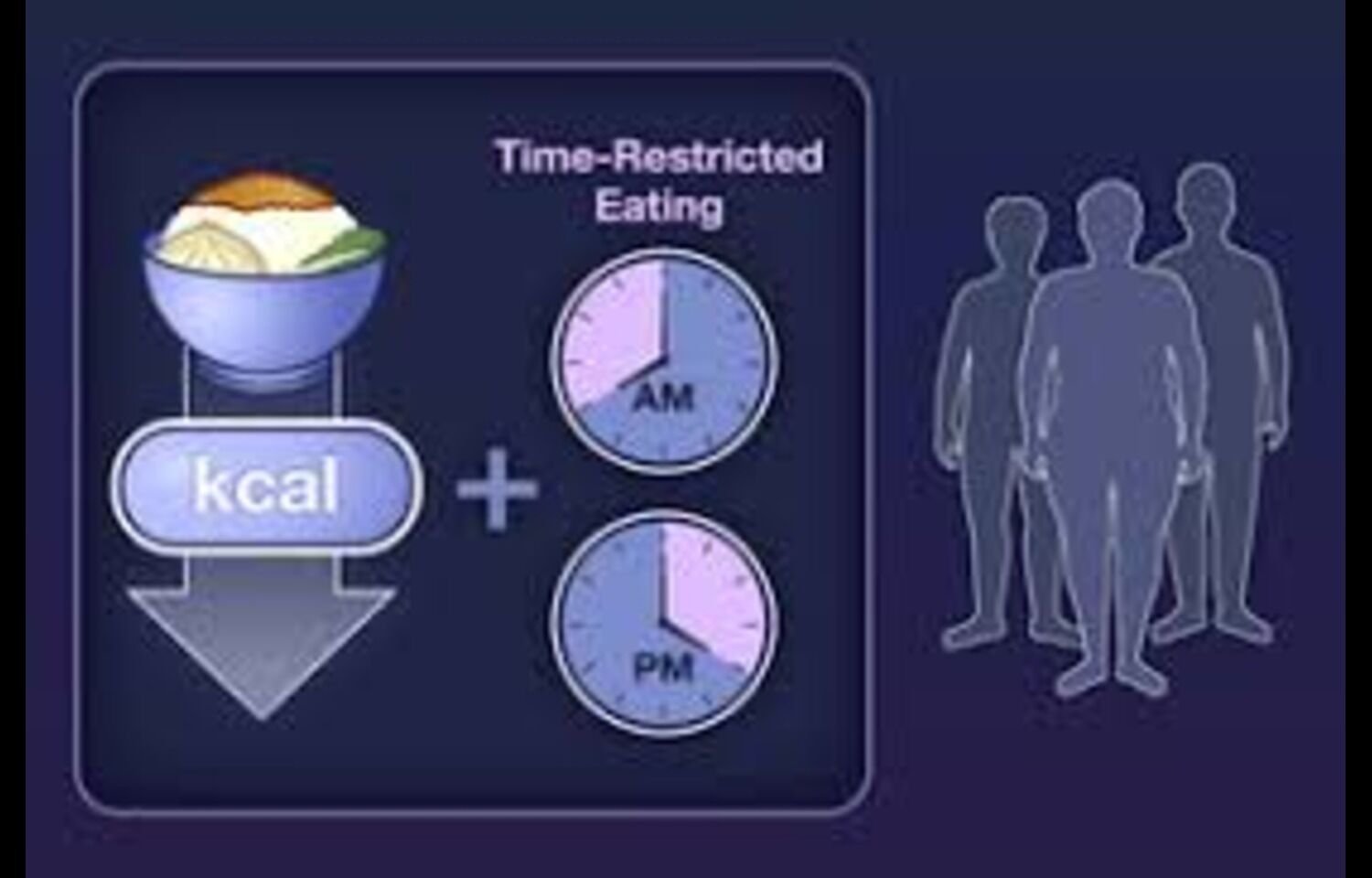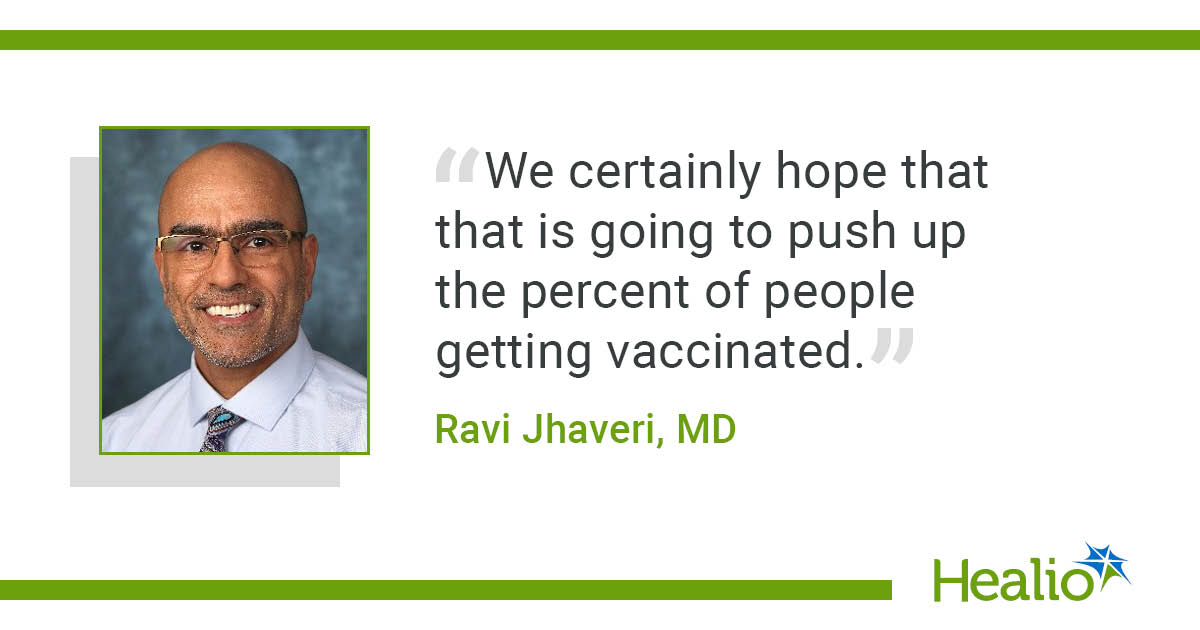October 07, 2025
8 min read
Key takeaways:
- Wide-awake local anesthesia no tourniquet has become increasingly prevalent in hand surgery.
- Advantages of the surgical technique include reduced costs, improved patient education and increased access to care.
Surgical procedures to repair the hand have historically been performed in the OR with patients receiving general anesthesia.
However, the growth of field sterility has made many hand surgery procedures accessible to an in-office wide-awake local anesthesia no tourniquet (WALANT) surgical technique, providing both surgeons and patients with a new take on the surgical experience.

Image: Used with permission of Mayo Foundation for Medical Education and Research, all rights reserved.

Asif M. Ilyas
“The logic of WALANT is simply that we anesthetize where we are working using local field tumescent anesthesia, thereby negating the need for a general anesthetic, while also adding epinephrine to the local anesthetic to provide bleeding control negating the need for a tourniquet — which allows the patient to be fully awake but comfortable during surgery,” Asif M. Ilyas, MD, MBA, FACS, program director of hand surgery at Rothman Orthopaedics and professor and vice chair of orthopedic surgery at the Drexel University College of Medicine, told Healio.
According to Sanj Kakar, MD, professor of orthopedics at the Mayo Clinic and a Healio | Orthopedics Today Editorial Board Member, WALANT can be used for many hand and wrist procedures, including but not exhaustive of tendon repairs, fracture treatments, arthroscopy, carpal tunnel release, De Quervain’s release, trigger finger surgery, etc.
Although WALANT can be performed in any patient, Christopher Dy, MD, MPH, associate professor of orthopedic surgery and hand and microsurgery fellowship director at Washington University School of Medicine, said certain patients may benefit more from the technique.

Christopher Dy
“Particularly, it is most attractive in our patients who are elderly or have more medical comorbidities, such as major heart or lung conditions, in which putting them under any sedation or general anesthesia might increase their risk for a medical complication after surgery,” Dy said.
Patient communication
A major benefit of hand surgery with the WALANT technique is the ability to communicate with a patient during the surgical procedure, according to Donald H. Lalonde, MD, BSc, MSc, FRCSC.

Donald H. Lalonde
“One of the best parts of the human experience is human interaction and conversation, and one of the most enjoyable parts of being a surgeon is the human interaction piece,” Lalonde, professor emeritus of surgery at Dalhousie University, Saint John, New Brunswick, Canada, told Healio. “If the patient has a good experience during surgery, then the nurses in the room also have a good experience and the surgeon has a good experience. Everybody goes home that day feeling like they have had a great day. It behooves the surgeon to create an atmosphere that makes a good experience for the patient.”
Ilyas said the ability to speak to a patient during a surgical episode also allows the surgeon to educate their patient in real time and prepare them for the postoperative and rehabilitation phase.
“During the surgery, you can communicate with your patient directly, show them relevant findings, relay to them what you are doing, educate and prepare them,” Ilyas said. “Postoperatively, the patient is better prepared and ready to go for their recovery process.”
Health care costs
WALANT hand surgery also decreases the cost of surgery for the health care system by “eliminating some of the other processes and personnel that come with it,” according to Dy.
“For example, say you did a carpal tunnel release, and you had it under general anesthesia or [monitored anesthesia care] with an additional local. By removing the anesthesia providers, that decreases some of the costs associated with the surgery,” Dy said. “And based on whether the procedure is done in a procedure room or in the office, that could also eliminate some of the potential facility fees that are associated with those surgeries, particularly in the United States.”
In addition, Steven M. Koehler, MD, associate professor at Montefiore Einstein Orthopedic Surgery, The Children’s Hospital at Montefiore, said the ability to perform the procedure in-office vs. in the OR enables hospital systems to accomplish more with its finite resources.

Steven M. Koehler
“Applying WALANT in these challenging situations where we can continue caring for our patients with urgent needs with reduced staffing and access to anesthesiologists and access to the main operating rooms created a situation where we were able to provide optimal care for these patients,” Koehler said. “Having that in place allows systems a lot of flexibility in how they utilize their operating room capacities.”
This reduced cost of care has had a major impact on increasing access to care, Lalonde said.
“The availability of surgery for many people who could not afford general anesthesia, who could not afford main operating room sterility, especially in Africa and places where many people could not get hand surgery before — now they are getting hand surgery,” Lalonde said. “There are eight countries in East Africa that have started performing wide-awake hand surgery in more than 75 hospitals, where now those patients have access to hand surgery, where before they could not afford it.”
Environmental costs
According to Koehler, procedures performed in the OR produce between 30% to 70% of the waste generated by health care facilities in the United States. But sources who spoke with Healio said WALANT may be able to reduce both surgical waste and the environmental cost of surgery.
“As long as the hand is prepared and draped in a sterile manner, you can obviate the need for lots of draperies and gowns,” Kakar said. “Also, we know that a lot of the anesthetic gases have some form of greenhouse effect, as well, in terms of global warming. Because you are not using [general anesthesia], it has an environmental impact.”
According to a literature review, research has shown surgeons were able to significantly reduce OR waste by performing WALANT hand surgery in the clinic compared with an outpatient surgery center or the OR. The review also showed leaner surgical packs and minor field sterility to be simple and efficient ways to save procedural costs and reduce OR waste.

Source: Donald H. Lalonde, MD, BSc, MSc, FRCSC; Sanj Kakar, MD; Steven M. Koehler, MD; Asif M. Ilyas, MD; Christopher Dy, MD, MPH
“Waste reduction goes hand in hand with the cost savings. It is good for the environment, it is good for the health system, it is good for the patient, and it is good for the surgeon. It is a win-win approach,” Koehler said.
Learning curve
But the WALANT surgical technique comes with minor learning curves for both surgical trainees and more seasoned surgeons, according to Koehler. For trainees, one learning curve includes performing a pain-free injection.
“This is the hole-in-one where, after the first needle prick, the patient does not feel any discomfort or pain. And that is understanding the right technique for injections,” Koehler said.
However, he said, “There have been a lot of publications looking at how many injections or times it takes a surgical trainee to become proficient in this, and it is actually stunningly low.”
For more seasoned surgeons, Koehler said the learning curve involves adjusting to the interpersonal nature of WALANT hand surgery.
“Part of the learning curve is adopting a different surgical style where you are talking and interacting with the patient the entire time,” Koehler said. “That has, at times, been thought to be at odds with surgical training and how trainees can appropriately learn when potentially talking to them about what to do could increase patient anxiety.”
The ability to communicate with a patient gives surgeons an opportunity to decrease patient anxiety during the procedure, according to Dy. He said explaining the WALANT surgical protocol to the patient, and how it fits into the surgeon’s protocols, can make them “feel a little bit better.”
“Nobody wants to feel pain during surgery. Typically, I will tell them, ‘You are not going to feel pain. We will make sure you are numb well beforehand and allow a lot of time for that local anesthetic to set before we do the surgery,’” Dy said. “Then I will tell them they will feel a little bit of pulling and tugging, and if they have any concerns about pain, we also have plenty more local anesthetic on the surgical field that is ready to use if we need.”
Concerns
While there are many advantages with WALANT hand surgery, there is still a lack of clear financial incentive for surgeons to perform the procedure, according to Ilyas.
“If a surgeon does a carpal tunnel release surgery with a patient asleep vs. a patient awake, the surgeon currently does not see any additional reimbursement for their effort. And there is more effort put forth,” Ilyas said.
With WALANT surgery, Ilyas said surgeons are not only responsible for the surgery but also for the anesthetic, while still managing the patient through the entire episode of care.
“There is currently no incentivization structure to do WALANT surgery, despite the fact that the surgeons who do wide-awake surgery are putting forth greater effort while saving both the patients and the health system significant cost,” he said. “Oftentimes, reimbursements and money drive behavior. And right now, surgeons are just not incentivized to perform wide-awake surgery despite the obvious advantages and savings.”
Another concern for surgeons is making sure they have a patient who is willing to be awake for the procedure, according to Kakar.
“Some patients can be nervous in surgery, and so you have to have those patients that are willing to be wide awake and want to take part within their surgical episode of care,” Kakar said. “Some patients do not want to know what is going on and they just want to be asleep with medication.”
Not only does WALANT hand surgery have to be right for the patient, but surgeons and health systems need to be sure that WALANT hand surgery is a right fit for their institution, as well, according to Koehler.
“[They have to overcome] the concept that patients are not going to go for it and understand that traditional OR stakeholders are not going to be cut out of their roles,” Koehler said. “In actuality, if it is applied correctly, it increases health care access and increases the roles that those stakeholders have to play.”
Future
In the future, one of the most important areas of research will be infection and whether the infection rate is higher, lower or the same with WALANT hand surgery, according to Lalonde.
“The main barrier to moving hand surgery out of the main operating room is the infection rate,” Lalond said. “For a number of operations, it has been shown to have no difference in the infection rate. But we need more evidence to support that, and to be tried with more operations.”
Dy said researchers should look into avenues to keep patients engaged during WALANT hand surgery, especially for longer procedures. This may include using technology such as virtual reality or augmented reality headsets. He also said there are opportunities to educate patients on the advantages of WALANT hand surgery that need to be explored.
“There is clearly more work to be done in terms of advocating for how it can help with both the costs and environmental impact of hand surgery,” Dy said.
For more information:
Christopher Dy, MD, MPH, can be reached at dyc@wustl.edu.
Asif M. Ilyas, MD, MBA, FACS, can be reached at asif.ilyas@rothmanortho.com.
Sanj Kakar, MD, can be reached at kakar.sanjeev@mayo.edu.
Steven M. Koehler, MD, can be reached at stkoehler@montefiore.org.
Donald H. Lalonde, MD, BSc, MSc, FRCSC, can be reached at dlalonde@drlalonde.ca.









